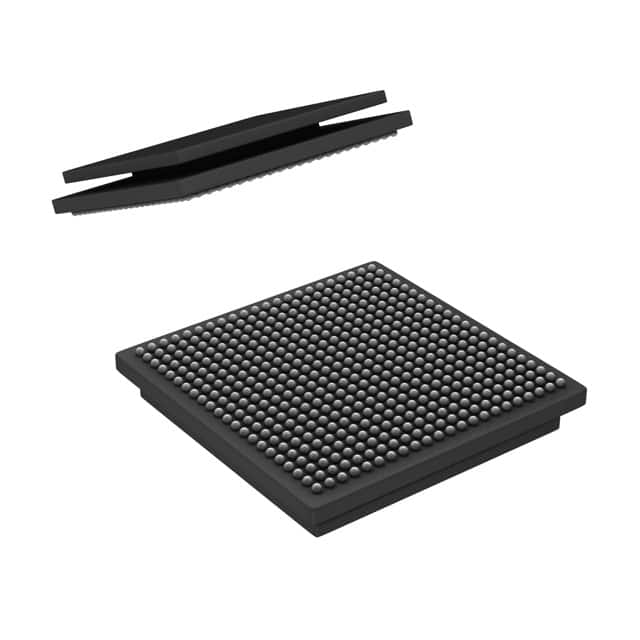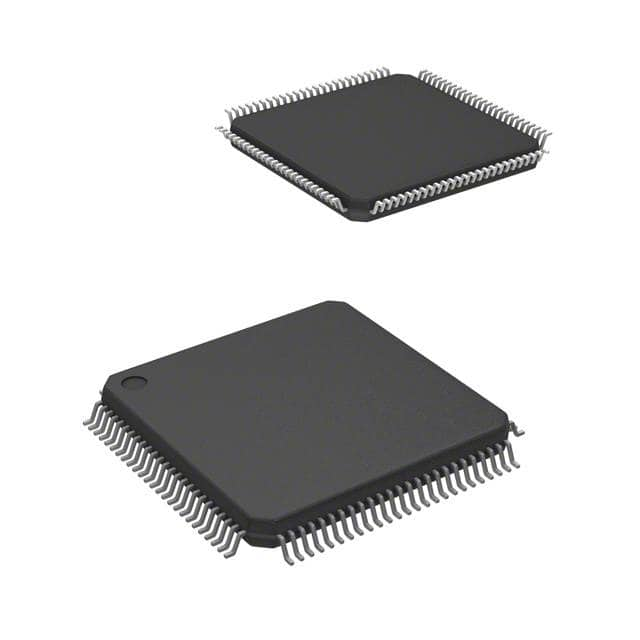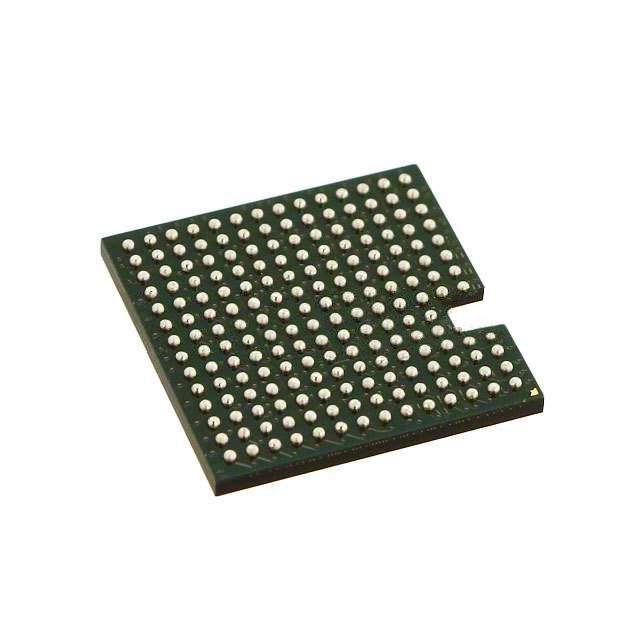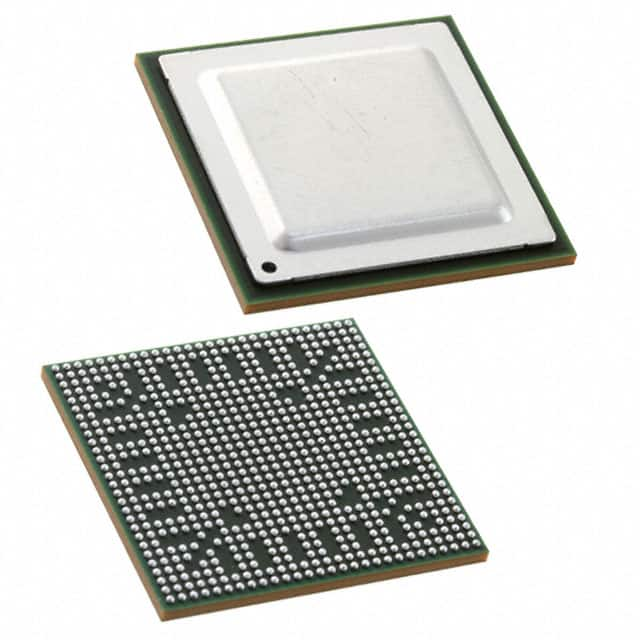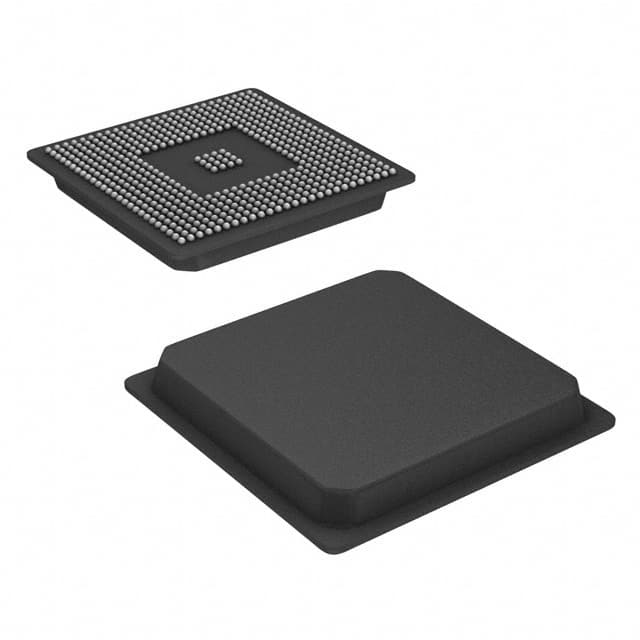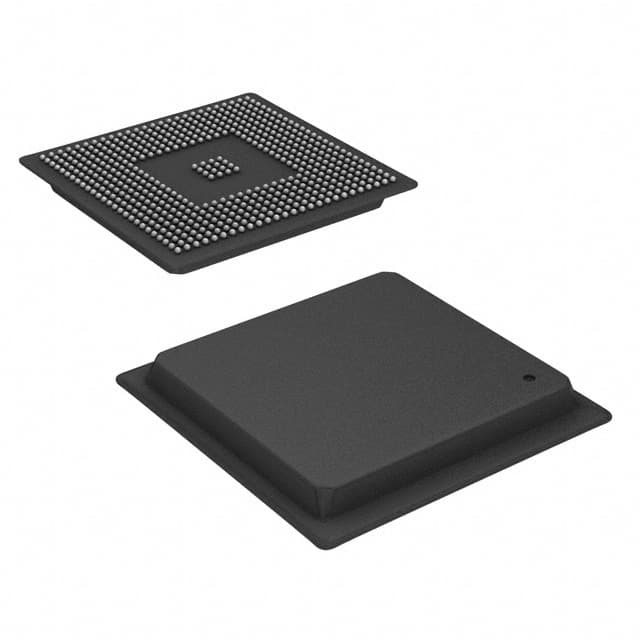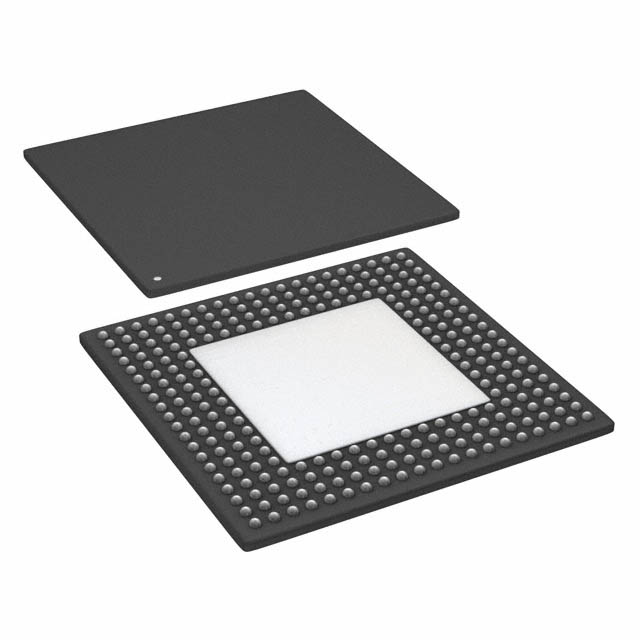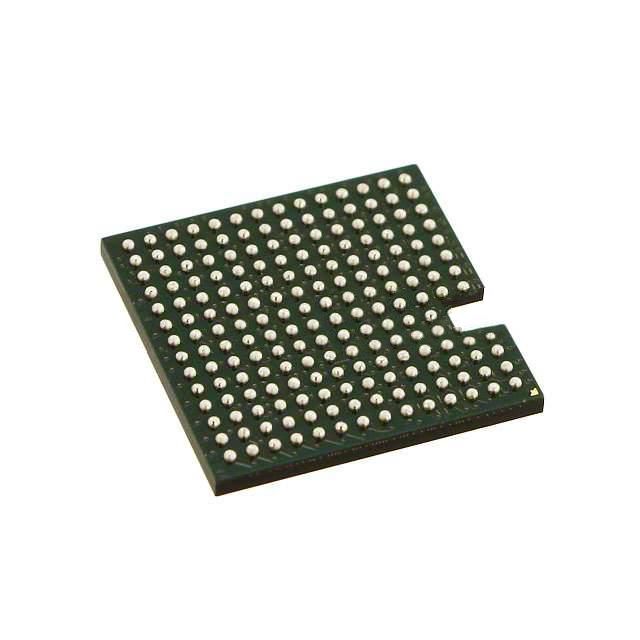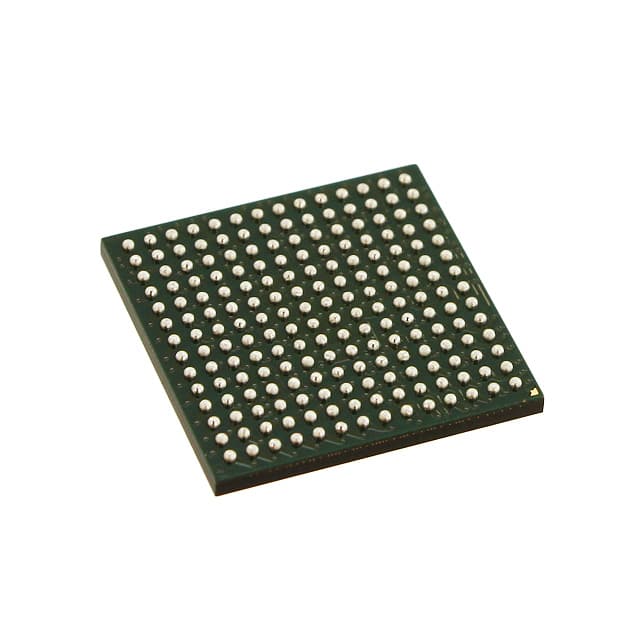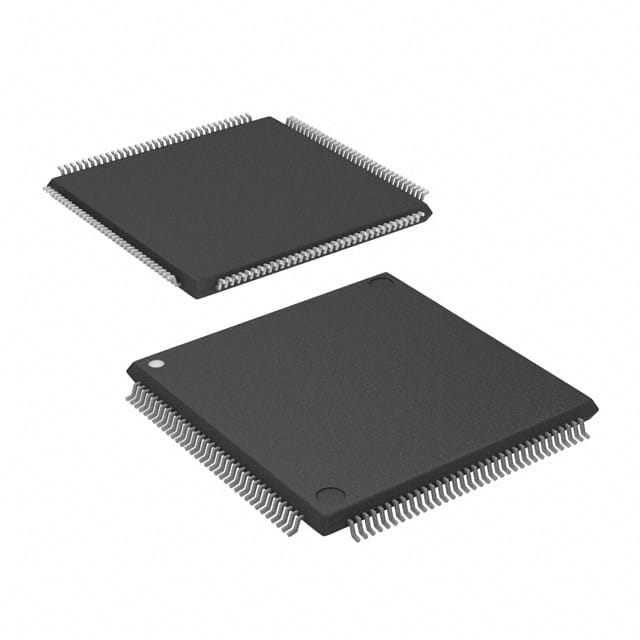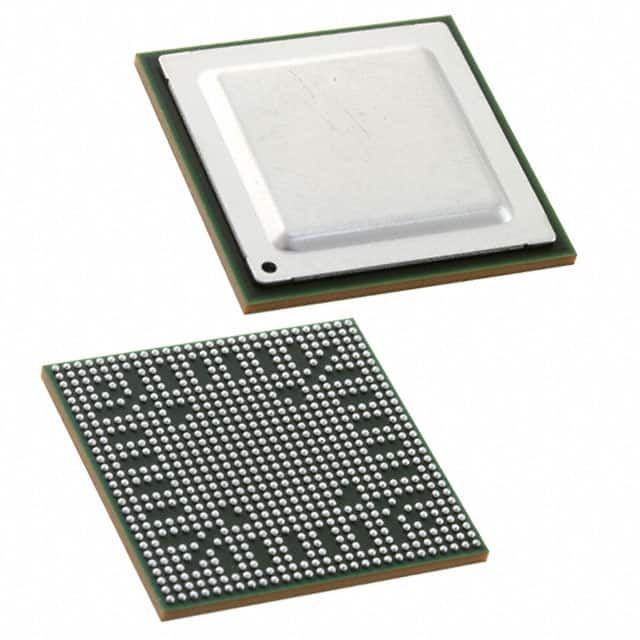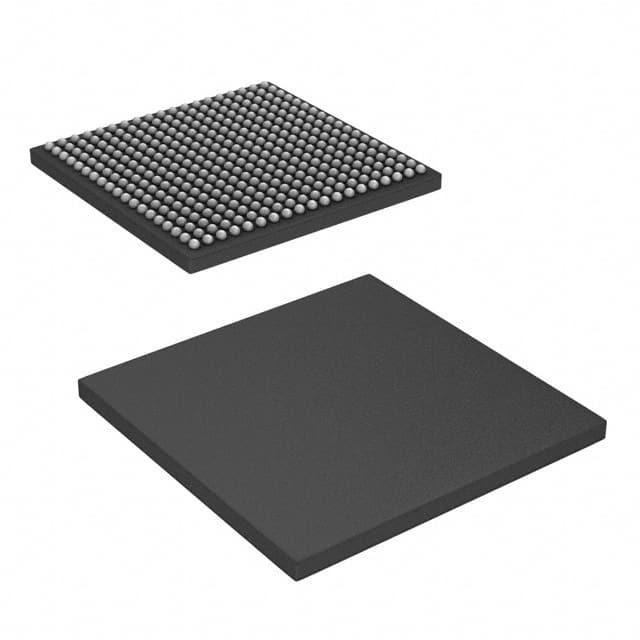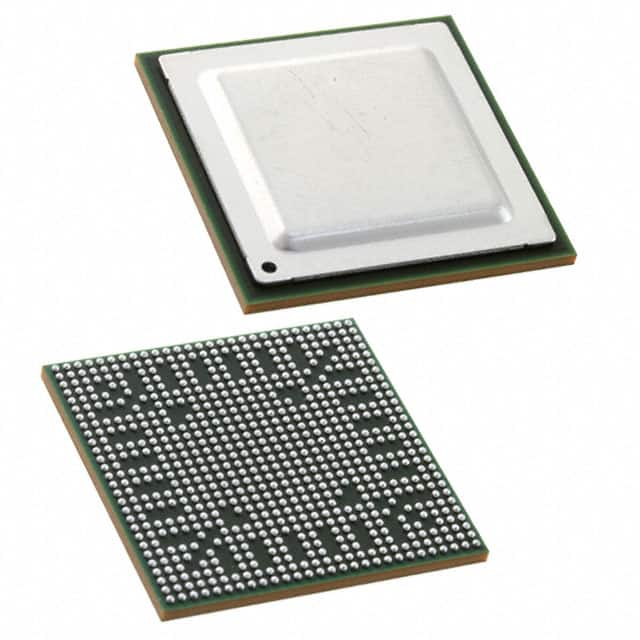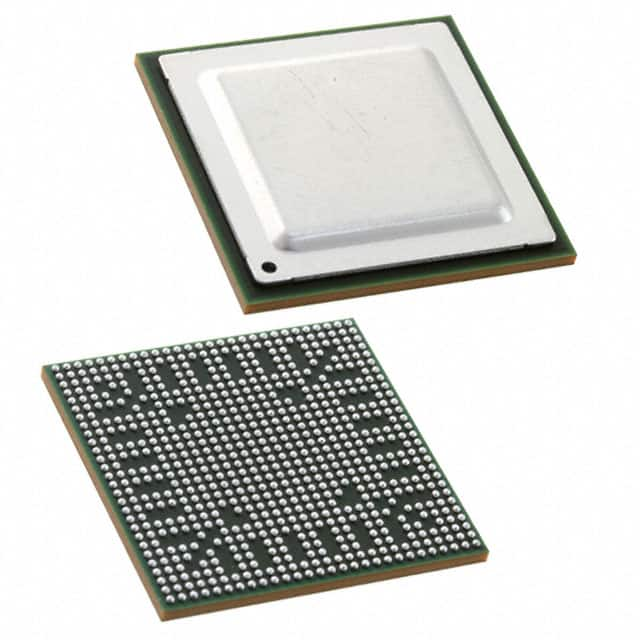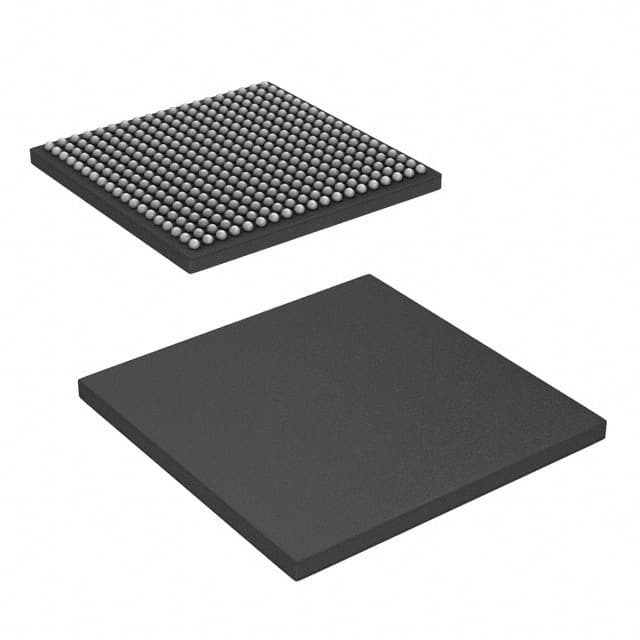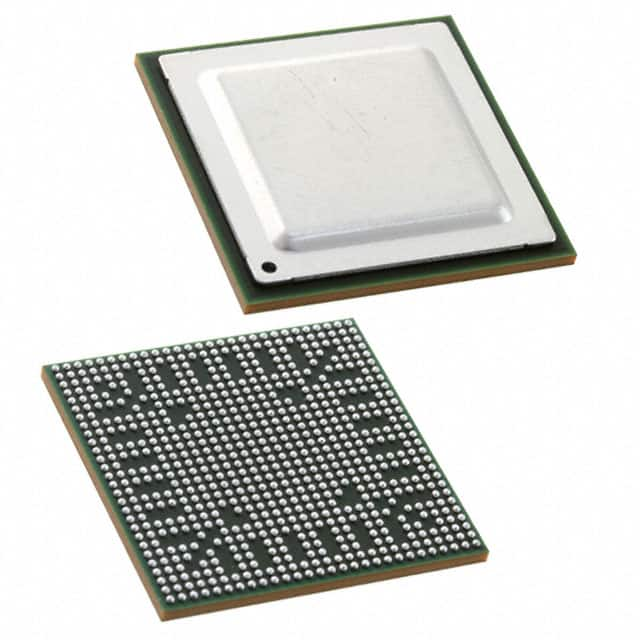TMS320DM647ZUTD7 Product Introduction:
Texas Instruments Part Number TMS320DM647ZUTD7(Embedded - DSP (Digital Signal Processors)), developed and manufactured by Texas Instruments, distributed globally by Jinftry. We distribute various electronic components from world-renowned brands and provide one-stop services, making us a trusted global electronic component distributor.
TMS320DM647ZUTD7 is one of the part numbers distributed by Jinftry, and you can learn about its specifications/configurations, package/case, Datasheet, and other information here. Electronic components are affected by supply and demand, and prices fluctuate frequently. If you have a demand, please do not hesitate to send us an RFQ or email us immediately sales@jinftry.com Please inquire about the real-time unit price, Data Code, Lead time, payment terms, and any other information you would like to know. We will do our best to provide you with a quotation and reply as soon as possible.
Introducing the Texas Instruments TMS320DM647ZUTD7, a cutting-edge digital signal processor (DSP) designed to revolutionize the world of embedded systems. With its advanced features and unparalleled performance, this DSP is set to redefine the boundaries of what is possible in the field of signal processing.
The TMS320DM647ZUTD7 boasts a powerful 1 GHz ARM Cortex-A8 core, combined with a high-performance C674x DSP core, enabling it to handle complex algorithms and data-intensive applications with ease. Its integrated peripherals, including Ethernet, USB, and SATA interfaces, provide seamless connectivity options for a wide range of applications.
This DSP is specifically designed for applications in the fields of video surveillance, industrial automation, and automotive infotainment. Its exceptional video processing capabilities make it ideal for high-definition video surveillance systems, enabling real-time video analytics and enhanced image quality. In industrial automation, the TMS320DM647ZUTD7 can handle complex control algorithms, enabling precise and efficient control of machinery and processes. Additionally, its advanced audio and video processing capabilities make it the perfect choice for automotive infotainment systems, delivering immersive audio and stunning visuals.
With its exceptional performance, versatile connectivity options, and application-specific features, the Texas Instruments TMS320DM647ZUTD7 is set to revolutionize the world of embedded systems. Whether you are working on video surveillance, industrial automation, or automotive infotainment, this DSP is the ultimate solution to meet your needs and exceed your expectations.
DSP Digital Signal Processing (Digital Signal Processing) is a technology that uses computers or special processing equipment to digitize signals. It converts analog signals into digital signals, and uses efficient algorithms to sample, transform, filter, estimate, enhance, compress, identify and other operations, and finally gets a signal form that meets people's needs. Compared to general-purpose processors, DSPS typically have higher arithmetic throughput, lower latency, and more efficient memory management mechanisms, all of which are designed to meet the requirements of real-time signal processing.
Application
DSP (Digital Signal Processing) technology is mainly reflected in the accurate processing of signals. It can efficiently perform complex operations such as signal analysis, noise suppression and feature extraction, and provide reliable data support for subsequent decision or control. In addition, DSP also has high-speed computing power and low power consumption characteristics, especially suitable for scenarios that require real-time processing of large amounts of data, such as audio processing, video codec, communication systems, image processing, control systems and robots, medical and bioinformatics and other fields.
FAQ about Embedded - DSP (Digital Signal Processors)
-
1. What are the two types of DSP?
DSP (digital signal processor) is mainly divided into two types: fixed-point DSP and floating-point DSP. The main difference between fixed-point DSP and floating-point DSP is that they process data in different ways and formats.
Fixed-point DSP uses fixed-point number format for calculation. This format directly stores data and exponents in integer form in memory, eliminating multiplication and division operations in floating-point operations, thereby increasing the calculation speed. Fixed-point DSP chips are relatively low in price and power consumption, but the calculation accuracy is relatively low.
Floating-point DSP uses floating-point format for calculations. This format can represent large or small numbers, with high calculation accuracy, and is suitable for occasions that require high-precision calculations. However, floating-point DSP chips are expensive and consume a lot of power.
-
2. What is built-in DSP?
Built-in DSP is a technology that combines digital signal processing (DSP) functions with power amplifiers. It not only has the power amplification function of traditional amplifiers, but also accurately processes and adjusts audio signals through DSP chips to provide a higher quality music experience.
The core advantage of built-in DSP lies in its powerful audio processing capabilities. Through DSP technology, audio signals can be optimized and managed to achieve active frequency division, delay processing, EQ debugging and other functions, thereby improving the performance of the audio system and making the sound clearer and more pleasant to listen to.In addition, DSP amplifiers also support parameter adjustment through computers, mobile phones and other devices, providing more flexible audio management solutions.
-
3. What is the difference between DSP and FPGA?
The main difference between DSP and FPGA lies in their design purpose, structure, programming method and applicable scenarios.
First of all, there are fundamental differences between DSP and FPGA in design purpose and structure. DSP (digital signal processor) is designed for digital signal processing, with a dedicated instruction set and hardware accelerator for efficient processing of digital signals. FPGA (field programmable gate array) is a programmable logic device that can be programmed according to user needs to realize various digital logic circuits. FPGA contains a large number of logic gates and triggers inside, usually using a lookup table structure, while DSP uses a Harvard structure, with separate data bus and address bus, allowing programs and data to be stored separately to increase processing speed.
In terms of programming methods, DSP is usually programmed through assembly or high-level languages (such as C/C++) and has a complete C language compiler. FPGA is designed through hardware description language, which has high flexibility but high programming complexity. DSPs are relatively easy to program because they are designed for specific types of computing tasks, while FPGAs offer greater flexibility but are more complex to program.
Finally, DSPs and FPGAs are suitable for different application scenarios. DSPs are suitable for tasks that require high-speed processing of large amounts of digital signals, such as communications, audio processing, image processing, and other fields. FPGAs are suitable for applications that require highly customized hardware acceleration, such as high-performance computing, complex signal processing, and more. The flexibility of FPGAs makes them more advantageous in projects that require frequent changes in functionality, while DSPs perform better in applications that require efficient processing of fixed algorithms.
 Lead free / RoHS Compliant
Lead free / RoHS Compliant



